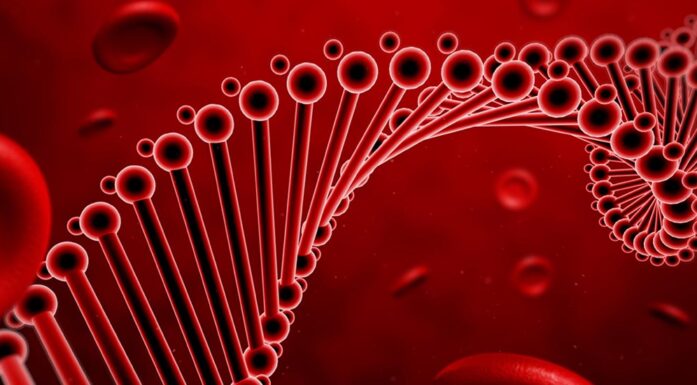Atrial fibrillation affected by your genes
Researchers have observed a connection between certain genes and atrial fibrillation. Their study makes an important contribution to understanding different risk factors.
Atrial fibrillation is the most common form of heart arrhythmia. About ten per cent of everyone over age 75 develop this condition, in which the two upper chambers of the heart (the atria) beat much faster than the main chambers (the ventricles), creating a fluttering feeling in the chest.
Researchers have now used data from more than 1 000 000 people to develop a greater understanding of the relationship between our genes and the risk of heart failure.
The condition is most widespread among the older population, but in recent years, atrial fibrillation has also become more common in other age groups. The largest increase has been found in women between the ages of 40 and 59.
The condition is also associated with heart failure and stroke.
- You might also like: Does weather influence older adults’ physical activity?
Genes play a role

We can influence the risk of heart failure, including through exercise, but some individuals are more susceptible to developing the condition than others. Photo: Colourbox
Several factors affect how susceptible you are to developing atrial fibrillation, such as overweight or too little or excessive physical activity. But your genes can also play a significant role. Now researchers know more about which genes are involved.
International researchers used data from six major health surveys have gained insight into the genes involved in the development of atrial fibrillation. The results were published this autumn in Nature Genetics.
The researchers compared the medical data from all the surveys, including Norway’s longitudinal HUNT study. In total these surveys included close to 35 million genetic variations, which were linked to more than 60 000 cases of atrial fibrillation.
“We identified 142 independent risk variants in 111 different places in the chromosomes,” says Professor Kristian Hveem at HUNT.
Hveem is one of the last authors of the article. He also heads the K. G. Jebsen Center for Genetic Epidemiology at NTNU, which includes close to 50 researchers in the NTNU’s Faculty of Medicine and Health Sciences and one of the systems biology research groups in the Faculty of Natural Sciences. First author Jonas Bille Nielsen is an associate professor at the K. G. Jebsen Center.
151 genetic suspects
The international research group prioritized 151 different genes suspected of being involved in atrial fibrillation. Several of their findings are new.
“We found that the variants we investigated could be linked to over eleven per cent of the atrial fibrillation cases,” says Bille Nielsen.
Many of the risk variants lie close to genes previously linked to the development of serious heart disease. Others are close to genes that are important for the development of striated muscles that we can control voluntarily.
The analyses suggest that there may be a connection between some of these genes and the structure of the heart muscle. This structural remodelling may develop differently, either before birth or later in life.
Even though we can even influence the risk of heart failure, some people are more susceptible to the condition than others. The study results may help to identify individuals who are at greatest risk.
Source: Biobank-driven genomic discovery yields new insight into atrial fibrillation biology. Nature Genetics volume 50, pages 1234-1239 (2018). https://www.nature.com/articles/s41588-018-0171-3





